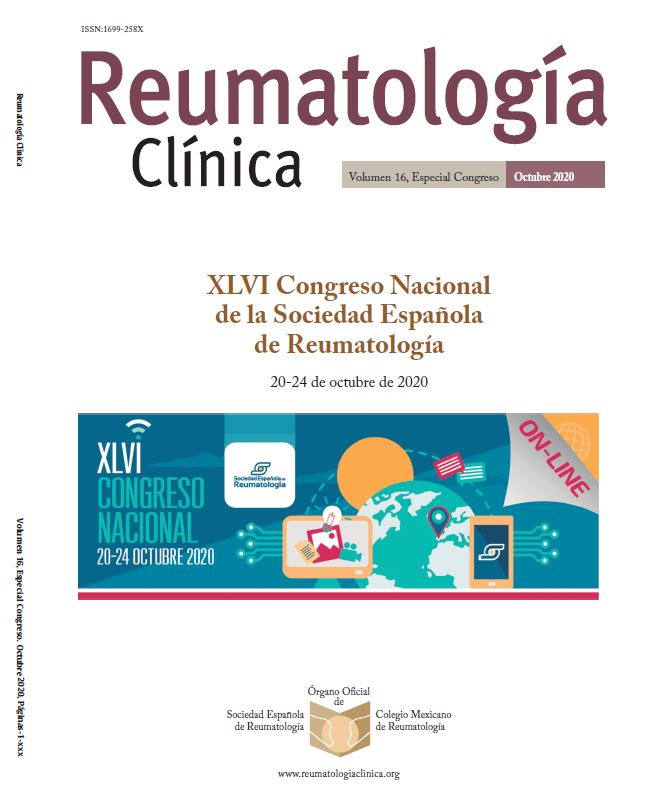CO38 - Drug survival of systemic treatments in juvenil idiopathic arthritis
Hospital General Universitario Gregorio Marañón. Madrid.
Introduction: Juvenile idiopathic arthritis (JIA) comprises a group of inflammatory diseases that frequently requires systemic treatments. There are some studies that evaluate the systemic drug survival in adults with JIA; but there is scarce data about the drug survival in paediatric population. Our main objective was to study the drug survival of biologic therapies y synthetic DMARD in a monocentric cohort and the related factors influencing on it.
Methods: Patients with JIA visited in the last 12 years were included. We carried out a retrospective, longitudinal study and collected data on treatment (start date, tapering and stop the treatment date; causes of finish and combined treatment or not). We also collected demographic data with date of birth, sex, symptoms onset date and JIA subcategory. We studied time to relapse since the drug suspension. The drug survival for each kind of treatment was analyzed with Kapplan-Meier curves.
Results: We included 158 patients with JIA. Demographic data are shown in table 1. One hundred and thirty (82.3%) patients started methotrexate (MTX) with a half-life of 34.8 months; 79 (51.5%) patients started biologic therapy with a half-life of 29 months and 14 (17.7%) patients started a second biologic with a half-life of 5 months. Time to first tapering of MTX was 12 months, for the first biologic was 10.5 months and for the second biologic was of 15 months. The main cause of suspension was remission for each group. Treatment according to different JIA subcategories is shown in table 2. In 45 patients (28.5%) systemic treatment was stopped and 11 (24.4%) had a disease flare in a mean time of 36 months. Taking into account only patients who flared, the mean time was 15.6 months.
|
Table 1. Demographics features |
|
|
Total (n:158) |
|
|
Sex (female) |
96 (60.76%) |
|
Starting age (median y RI) |
4.9 (2.6-9.8) |
|
AAN positives |
91 (57.6%) |
|
JIA oligo persistent |
66 (41.77%) |
|
JIA oligo extended |
16 (10.13%) |
|
JIA enthesitis |
14 (8.86%) |
|
JIA psoriasic |
9 (5.7%) |
|
JIA systemic |
18 (11.39%) |
|
JIA poli FR- |
29 (18.35%) |
|
JIA poli FR+ |
4 (2.53%) |
|
JIA undifferentiated |
2 (1.27%) |
|
Table 2. Treatment according to JIA subcategories |
||||
|
Group 1 (Systemic JIA n = 18 (%) |
Group 2 (Oligoarticular JIA n = 82 (%) |
Group 3 (Poliarticular JIA n = 33 (%) |
Group 4 (Juvenil SpA n = 23 (%) |
|
|
Synthetic DMARD (n:130) |
9 (50%) |
71 (86.6%) |
33 (100%) |
17 (74%) |
|
Biologic Therapy (n:79) |
6 (33.3%) |
34 (41.46%) |
22 (75%) |
17 (74%) |
|
No systemic treatment (n:21) |
7 (38.9%) |
10 (12.2%) |
0 |
4 (17.4%) |
Conclusions: The drug survival for systemic therapies in children with JIA is more than 2 years, without significant differences between synthetic DMARDs and biologics. Remission is the main cause for ending treatment. Biologic drug survival was significantly shorter between systemic JIA and the other subcategories. Only one fourth of patients had a flared after stopping the systemic treatment.






